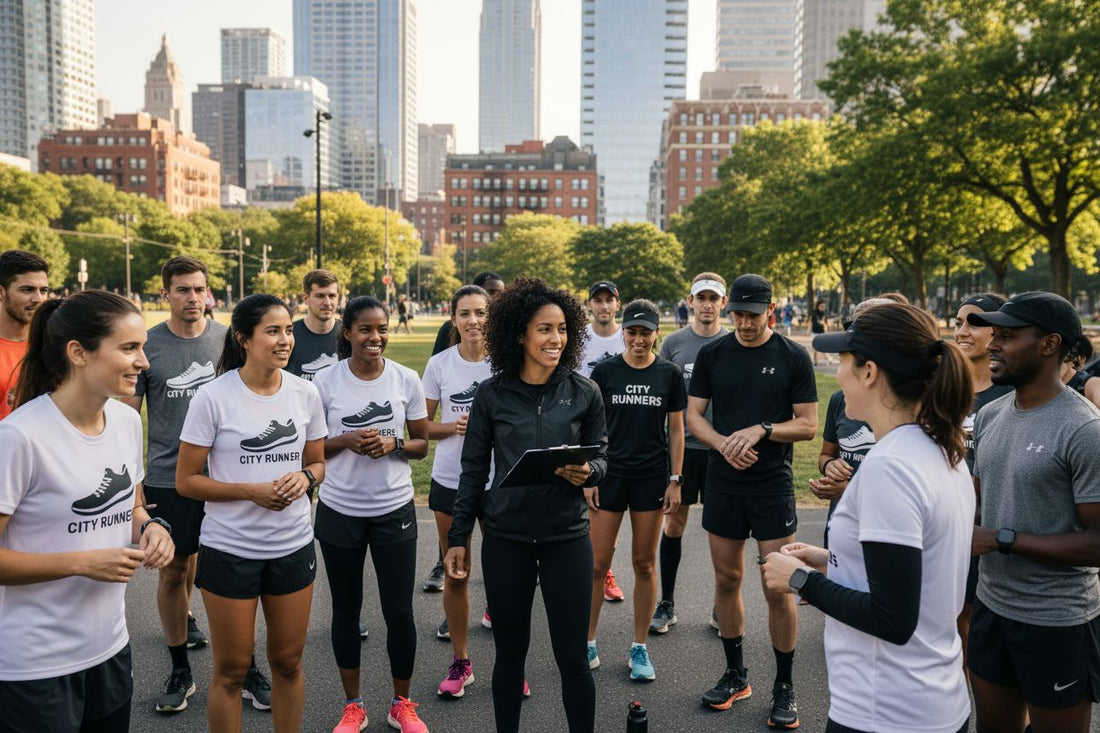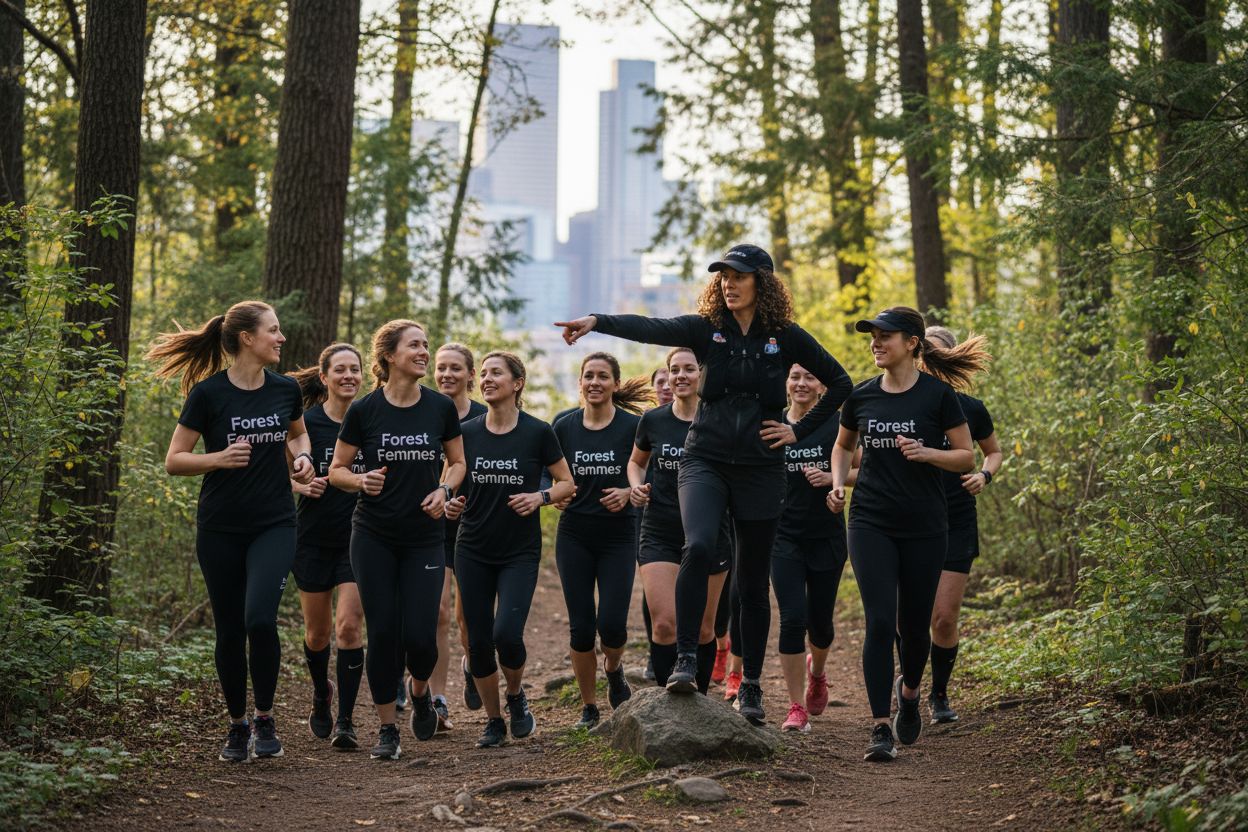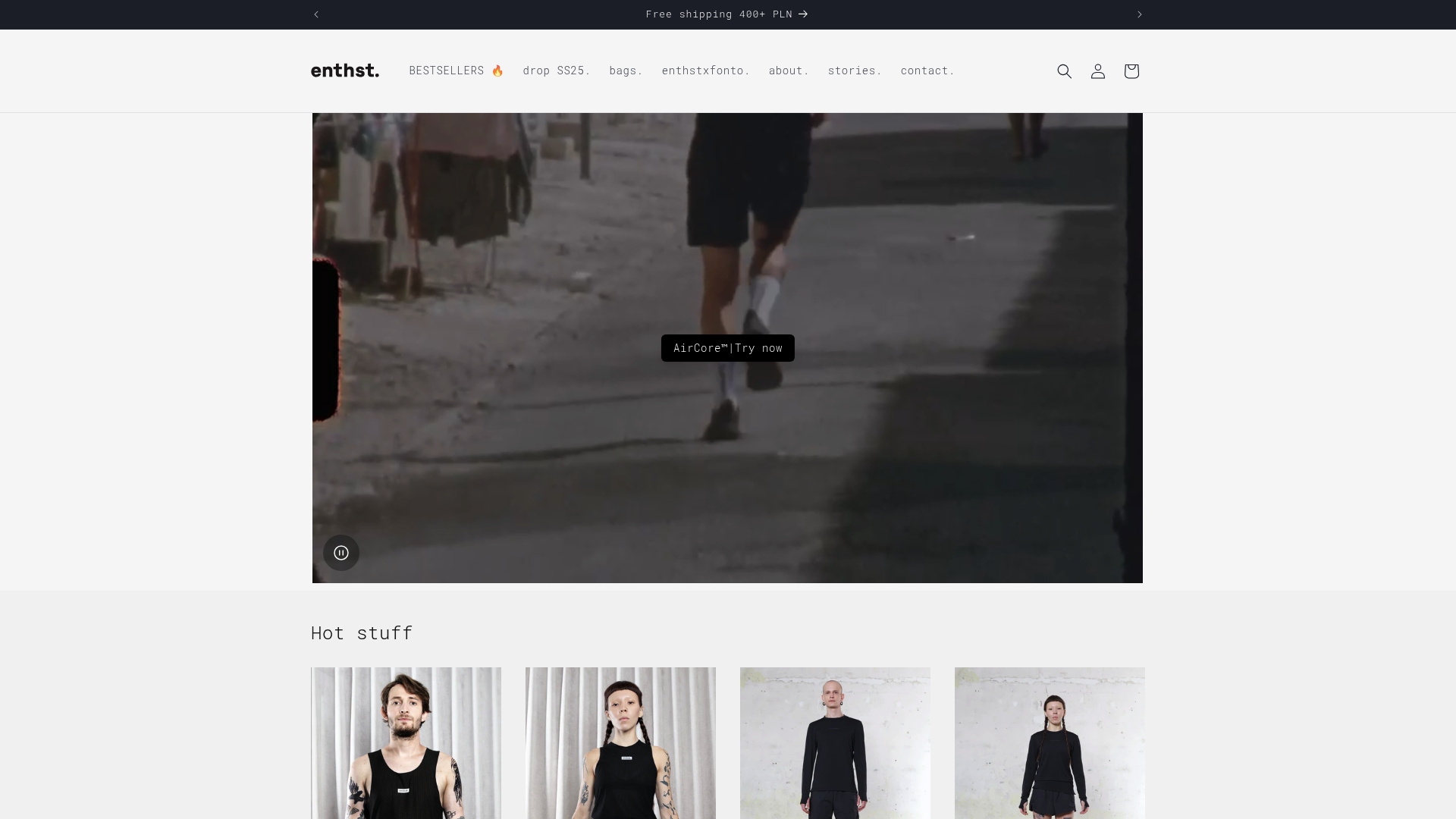
The Essential Guide to Runners’ Communities
Share
Over 30 percent of urban runners now participate in organized running communities, blending fitness goals with real friendships and discovery. These groups offer more than just shared miles. They open doors to new routes, diverse people, and ongoing motivation. Whether someone is training for a marathon or seeking camaraderie, running communities are reshaping how athletes connect and grow together in today’s cities.
Key Takeaways
| Point | Details |
|---|---|
| Community Role | Running communities enhance social connection, skill development, and motivation among runners. |
| Diverse Structures | Various types of running communities, including city-branded, specialized, and gender-focused, cater to different interests and demographics. |
| Operational Strategies | Successful communities balance structured training with social flexibility, integrating activities that promote physical and mental wellness. |
| Safety and Legal Aspects | Running groups must implement safety protocols and legal frameworks to protect participants while fostering an inclusive environment. |
Table of Contents
- Defining Runners’ Communities And Their Roles
- Different Types Of Running Communities
- How Runners’ Communities Function
- Benefits And Impacts Of Running Communities
- Safety Responsibilities And Legal Aspects
Defining Runners’ Communities And Their Roles
Running communities have evolved far beyond simple training groups into dynamic social networks that connect athletes through shared passion and collective experiences. According to ISPO research, these modern collectives are transforming how runners interact, train, and build meaningful connections across urban landscapes.
These communities serve multiple critical functions for runners of all skill levels:
- Social Connection: Creating spaces where athletes can share experiences, challenges, and mutual support
- Skill Development: Providing structured training environments with peer learning and mentorship
- Motivational Support: Offering accountability and encouragement through group dynamics
- Urban Exploration: Enabling runners to discover new routes and perspectives within their cities
In German-speaking Central Europe, examples like RunPack in Berlin demonstrate how running crews are becoming sophisticated social hubs. These groups are no longer just about performance metrics, but about building holistic experiences that blend fitness, friendship, and urban culture. Professional and amateur runners alike find value in these communities, which provide structured yet flexible environments for personal growth and athletic development.
Running communities represent more than just fitness groups - they are social ecosystems that transform individual athletic pursuits into shared journeys of challenge, connection, and personal transformation.
Different Types Of Running Communities
Running communities are far from one-dimensional, encompassing a rich diversity of styles, focuses, and organizational structures. According to ISPO research, the landscape of running groups has dramatically expanded beyond traditional training clubs, now including specialized and branded collectives that cater to specific interests and demographics.
Several prominent types of running communities have emerged:
Here’s a comparison of prominent types of running communities:
| Type of Community | Main Focus | Example Group |
|---|---|---|
| City-Branded | Structured events Networking |
Adidas Runners |
| Specialized Interest | Trail running Urban routes |
Local trail groups |
| Gender-Focused | Inclusivity for women | Forest Femmes (Munich) |
| Retail-Linked | Store events Community building |
Keller Sports Run Crew |
- City-Branded Communities: Large brands like Adidas Runners, operating in over 50 cities worldwide, creating local running hubs with structured events and networking opportunities
- Specialized Interest Groups: Communities focused on specific niches such as trail running, urban exploration, or demographic-specific experiences
- Gender-Focused Communities: Targeted groups like Forest Femmes in Munich, creating inclusive spaces for women runners
- Retail-Linked Running Crews: Stores like Keller Sports in Munich hosting regular run events that blend retail engagement with athletic community building
These diverse communities reflect a broader trend of running transforming from a solitary activity to a socially rich, interconnected experience. Each type offers unique benefits - from skill development and motivation to social networking and personal empowerment.
 Whether you’re a professional athlete or a weekend jogger, there’s a running community designed to match your specific needs, skill level, and personal interests.
Whether you’re a professional athlete or a weekend jogger, there’s a running community designed to match your specific needs, skill level, and personal interests.
The evolution of running communities demonstrates how athletic pursuits are increasingly about creating meaningful connections, shared experiences, and personal growth beyond mere physical performance.
![]()
How Runners’ Communities Function
Running communities operate as sophisticated social ecosystems with structured yet flexible frameworks designed to support athletic growth and social connection. According to ISPO research, these groups typically establish predictable rhythms and engagement strategies that transform individual running experiences into collective journeys.
The core operational elements of runners’ communities often include:
- Scheduled Group Runs: Consistent meet-ups (typically twice weekly) that provide structured training opportunities
- Cross-Training Integration: Complementary activities like yoga, strength training, and nutrition workshops
These communities carefully design engagement strategies that go beyond simple athletic training. Organizational approaches frequently involve:
- Partnerships with sports brands for gear and event support
- Local event organization like themed running nights
- Digital platforms for communication and tracking group progress
- Skill-sharing workshops and peer mentorship programs
The most successful running communities create environments that balance structured training with social flexibility. They understand that runners seek not just physical improvement, but meaningful connections and personal growth.
By offering diverse activities, consistent scheduling, and inclusive atmospheres, these groups transform running from a solitary activity into a rich, collaborative experience that motivates and inspires participants across different skill levels.
Benefits And Impacts Of Running Communities
Running communities represent far more than simple fitness groups - they are transformative social platforms that dramatically enhance personal wellness and social connection. According to ISPO research, these collectives promote comprehensive well-being by integrating physical activity with mental health support and social engagement.
The key benefits of participating in running communities include:
- Physical Health: Structured training programs that improve fitness, endurance, and athletic performance
- Mental Wellness: Consistent motivation, stress reduction, and psychological support through group dynamics
- Social Networking: Opportunities to connect with diverse individuals sharing similar fitness goals
- Urban Exploration: Discovering new city routes and perspectives through collective running experiences
Beyond individual benefits, these communities create broader societal impacts by breaking down social barriers and fostering inclusive environments. Wellness integration goes far beyond running, often incorporating complementary activities like nutrition workshops, cross-training, and holistic health education. Professional and amateur runners alike find these communities provide not just athletic training, but a comprehensive approach to personal development.
Ultimately, running communities transform athletic pursuits from solitary experiences into collaborative journeys of growth, connection, and mutual empowerment. They demonstrate that fitness is not just about individual performance, but about building supportive networks that inspire collective achievement and personal transformation.
Safety Responsibilities And Legal Aspects
Running communities operate within complex frameworks of legal and safety considerations that protect both participants and organizers. According to ISPO research, brand-affiliated communities like Adidas Runners demonstrate sophisticated approaches to managing potential risks through structured event coordination and implied safety protocols.
Key safety responsibilities typically include:
- Risk Management: Implementing clear guidelines for participant behavior and potential emergency scenarios
- Health Screening: Recommending pre-participation medical assessments
- Route Planning: Selecting safe running paths with minimal traffic and environmental hazards
- Communication Protocols: Establishing clear emergency contact and communication systems
Legal considerations for running communities often involve multiple layers of responsibility. Organizational frameworks require careful attention to:
- Participant waiver and liability documentation
- Insurance coverage for group activities
- Clear communication of individual and collective responsibilities
- Transparent guidelines for participation and potential risks
The most effective running communities balance legal prudence with an inclusive, supportive environment. They recognize that safety isn’t about restricting activity, but creating structured, responsible spaces where runners can challenge themselves while minimizing unnecessary risks. By developing comprehensive safety frameworks, these communities protect participants while fostering an environment of trust, growth, and collective accountability.
Elevate Your Community Running Experience With Exceptional Gear
Are you part of a running community seeking more than just physical training and social connection? This article highlights the deep value runners find in shared motivation, structured support, and the exploration of new possibilities. Yet, one crucial challenge remains: finding running apparel and accessories that truly meet the demands of both performance and community spirit. Too often, runners settle for generic sportswear that fails to capture the energy and individuality of their crew.
At ENTHST, we recognize these pain points from testing our technical streetwear with passionate running communities, just like yours:
- Apparel designed for both high performance and bold street style
- Accessories that support your urban explorations and group sessions
- Solutions crafted and approved by both pros and everyday enthusiasts
See how our unique approach connects with the needs mentioned in The Essential Guide to Runners’ Communities.

Ready to transform your community runs? Discover the latest technical apparel and accessories at ENTHST. Explore products that go beyond the ordinary and join a movement shaped by real runners. Visit today and see how your group can run smarter, look sharper, and feel more connected now.
Frequently Asked Questions
What are the main roles of runners’ communities?
Running communities serve multiple functions, including social connection, skill development, motivational support, and urban exploration. These groups create spaces for athletes to share experiences, enhance their training, and discover new routes within their cities.
What types of running communities exist?
Running communities can vary significantly. Common types include city-branded communities (like Adidas Runners), specialized interest groups (such as trail running), gender-focused communities (like Forest Femmes), and retail-linked running crews that blend community engagement with local events.
How do running communities enhance athletic performance?
Running communities enhance athletic performance through structured training programs, motivation from peers, and access to mentorship and workshops. Participants benefit from a supportive environment that encourages physical and mental wellness.
What safety measures should running communities implement?
Running communities should implement risk management guidelines, health screenings for participants, careful route planning to ensure safety, and clear communication protocols for emergencies. These measures are essential for creating a safe environment while fostering an inclusive and supportive community.